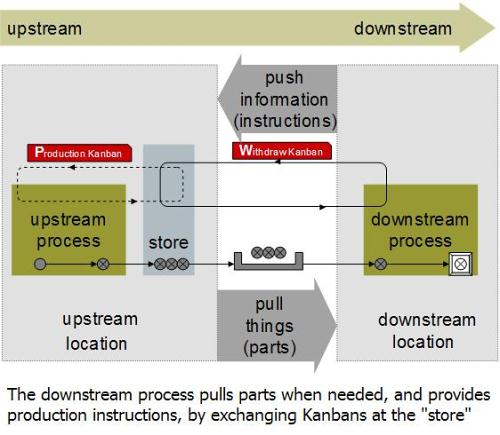What is agile software development?
“Agile Development” is an umbrella term for several iterative and incremental software development methodologies.
There are many methodologies: Extreme Programming XP, Scrum, Crystal, Dynamic Systems Development Method DSDM, Lean Development, and Feature-Driven Development FDD. Each one of them has a unique characteristic; however, they all share the same approach to the incorporation of iteration and feedback that helps to improve and deliver a final software system.
What does that mean?
Software development is taken more seriously because, to develop a software system, these methodologies involve continuous testing, planning, integration, and evolution of software. These methodologies force people to collaborate and make decisions together in a more efficient, and effective way.
This isn’t new, however:
These practices have been around for several years. Basically, these methodologies have packaged and implemented various management, engineering, and customer aimed practices to help, and guide teams into making quick and efficient solutions. Planning and delivering. This trend has been evolving and improving constantly.
References:
https://www.versionone.com/agile-101/




